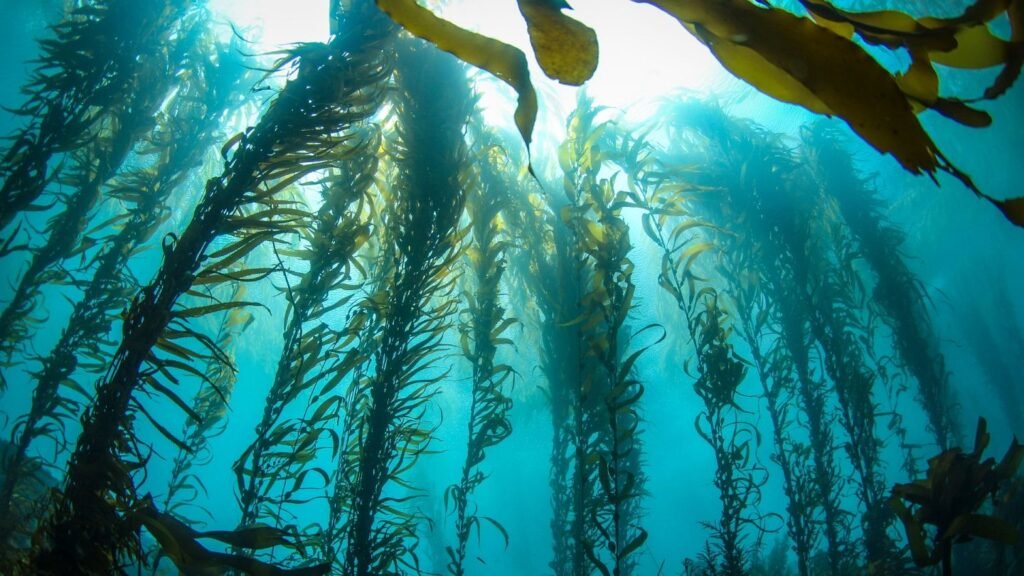Kelp forests

A recent study published in the journal Nature revealed that Kelp forests are declining because of climate change.
About Kelp forests:
- Kelp thrives in cold, nutrient-rich waters.
- They attach to the seafloor and eventually grow to the water’s surface and rely on sunlight to generate food and energy, kelp forests are always coastal and require shallow, relatively clear water.
- They provide underwater habitats to hundreds of species of invertebrates, fishes, and other algae and have great ecological and economic value.
Distribution of Kelp forest
- Kelp forests have been observed throughout the Arctic by the Inuit. The Canadian Arctic alone represents 10 per cent of the world’s coastlines.
- They have adapted to severe conditions. These cool water species have special strategies to survive freezing temperatures and long periods of darkness and even grow under sea ice.
- In regions with cold, nutrient-rich water, they can attain some of the highest rates of primary production of any natural ecosystem on Earth.
- Between Ellesmere Island and Labrador, as well as along the coasts of Lancaster Sound, Ungava Bay, Hudson Bay, Baffin Bay, and Resolute Bay in Hudson Bay and eastern Canada, kelp forests have been scientifically documented.